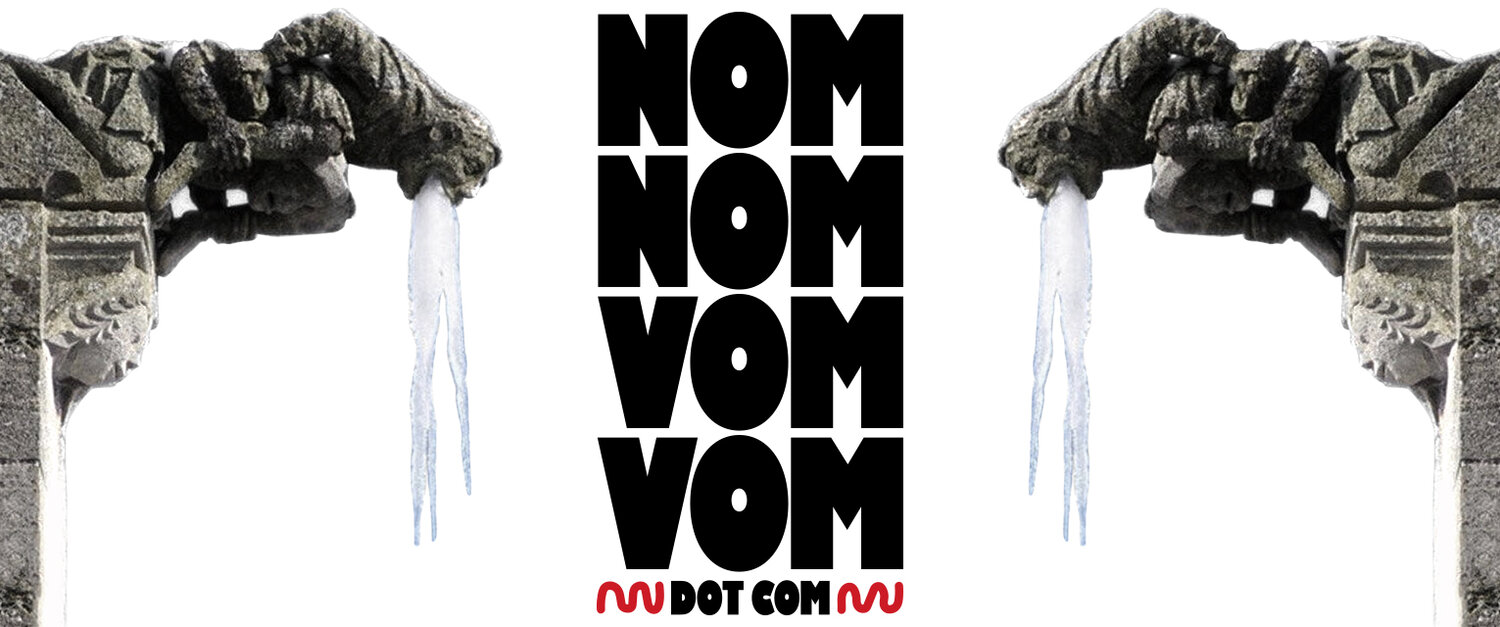On hot dogs from a cart
Are street hot dogs safe to eat?
Nothing like a hot wiener fresh off the wagon on summer’s day. Even as a resident New Yorker, street dogs have a special appeal— especially when paired with a visit to the Met or the public library. Is eating a hot dog prepared on an urban thoroughfare an advisable health decision? Let’s break down ye lowly hot dog cart into its component parts:
Ingredients
Buns are safe.
While condiments should be refrigerated in your home, there’s not a ton of risk in ketchup, mustard, and relish because they are sugary, acidic, and pickled, respectively. These qualities deter bacteria growth so it’s fairly safe to let the nice man paint red yellow and green stripes on your street dawg. I’d be wary of mayo since it’s like Coachella for bacteria. But why would anyone apply mayo to a hot dog in the first place? Moving on.
As for the dog itself...I’m not getting into that. The USDA oversees meat production with a keen eye and they do a thorough job. It’s unlikely that there’s a failure at the manufacturing stage and more likely that the product would be mishandled during preparation, which brings us to:
Cooking
Street hot dogs are boiled. This works for two reasons: it’s both low-effort and impossible to screw up. However, to avoid overcooking, street dogs are stored in less-than boiling water. In the biz, this is known as “hot holding.” This is an easy way to keep food ready-to-serve over a long period of time. Hot holding works because nothing can grow in hot-hot food. The bad news is that if the food isn’t quite hot enough then it creates ideal conditions for bacteria growth. Bungled hot holding is the reason outbreaks occur at buffets, cruise ships, and weddings.
So how can you ensure you’re buying a safe street wiener? Look for a billow of steam when the dude de-lids his cache of meat logs and confirm yours is piping hot on the first bite. Last but not least, there is...
Handling
The assembly of a street dog should resemble a fledgling Mormon relationship: technically touchless. Since unbridled hand-to-wiener contact is apostasy, your vendor should jostle the unwed wiener into the bun using tongs or a sheath of paper—either of which is permissible in the eyes of God. I mean, how else are things supposed to progress?
The important thing is that the cart man doesn’t contaminate the food. The easy solution here is “Don’t touch the food” but having clean hands is equally important. Where’s the hand washing sink on that cart? Unclear, but at some point one did exist or else the health department wouldn’t have issued a permit.
The bottom line is this: hot dog carts are a safe street-level eatery. The wildcard is the guy running the cart, but the germ-slaying effects of boiling a hot dog outweigh all but the most neglectful of cart operators. I wouldn’t think twice about nom’ing on an alley sausage. Where else can you get a hot meal in downtown Manhattan for a dollar?
+++++


